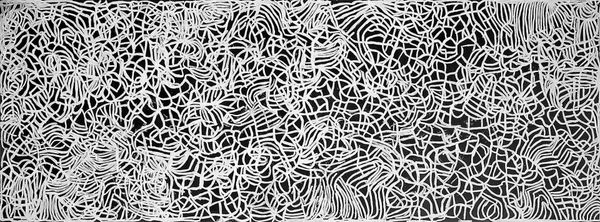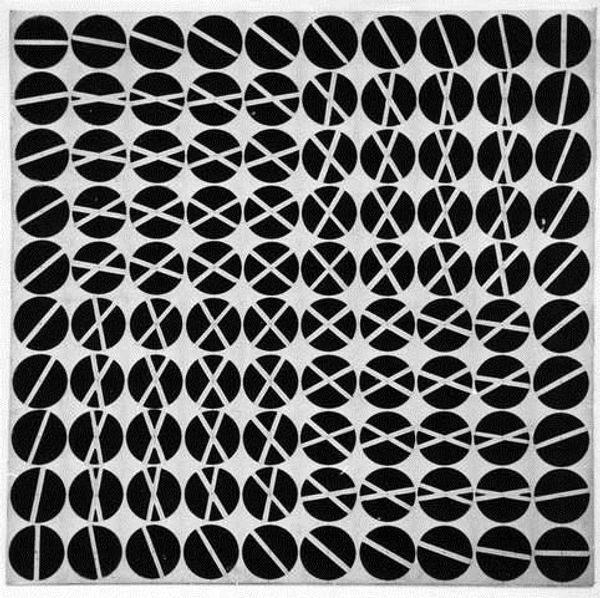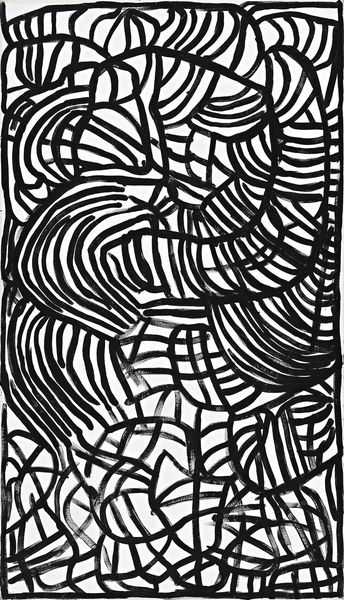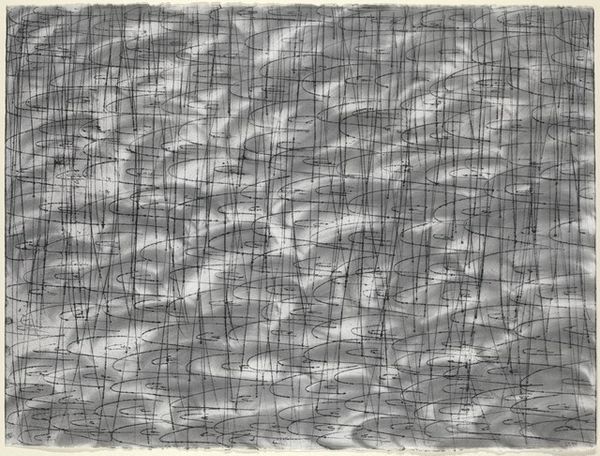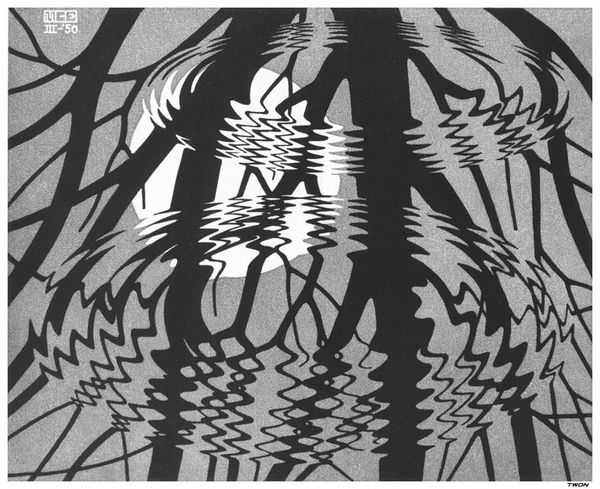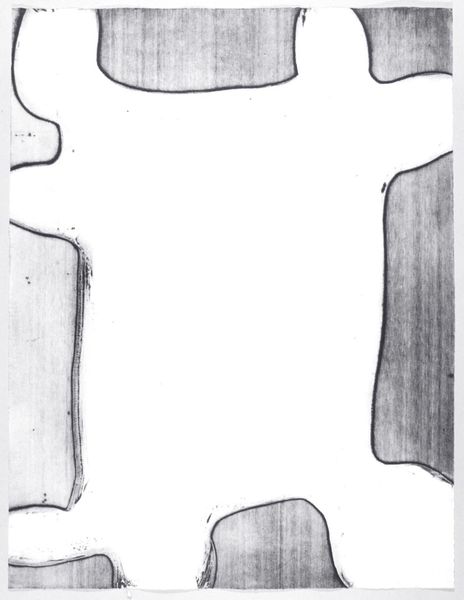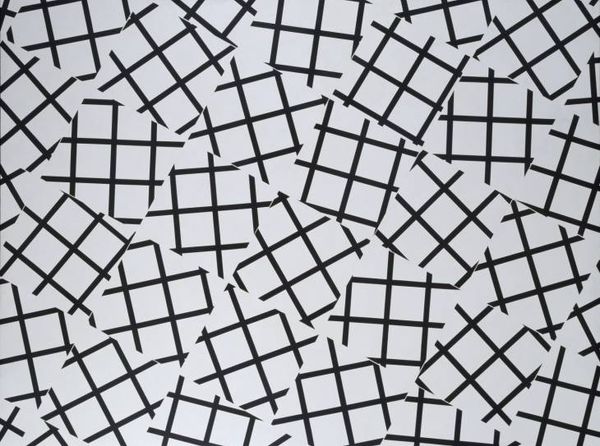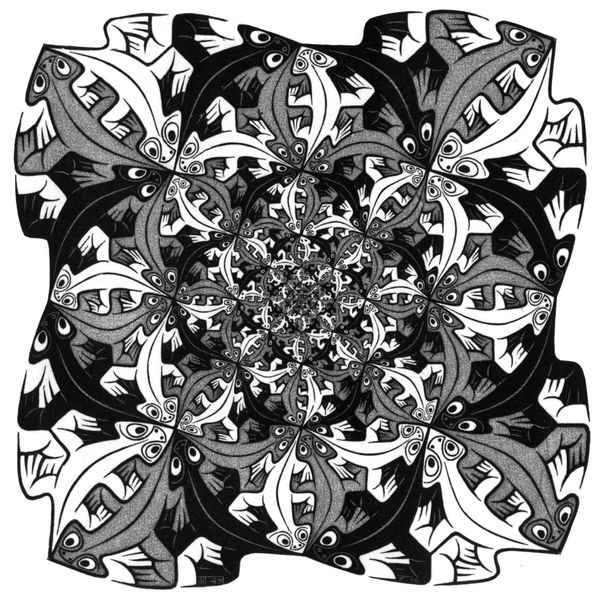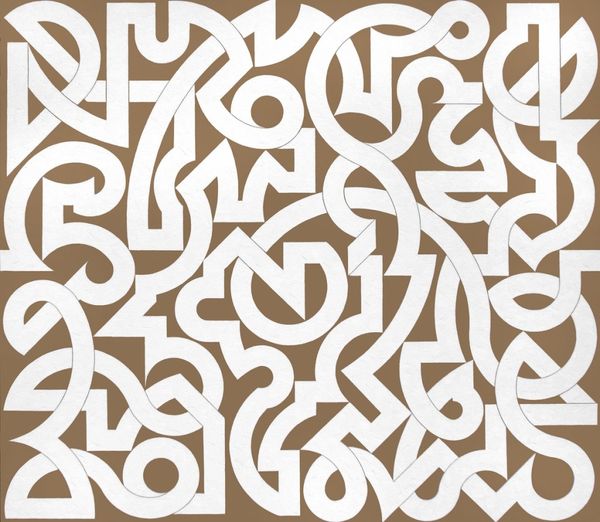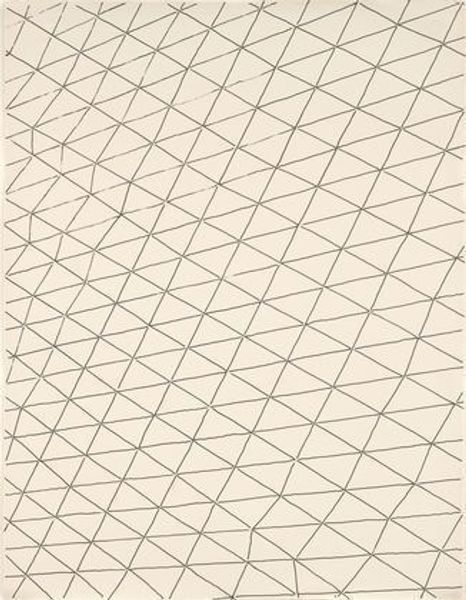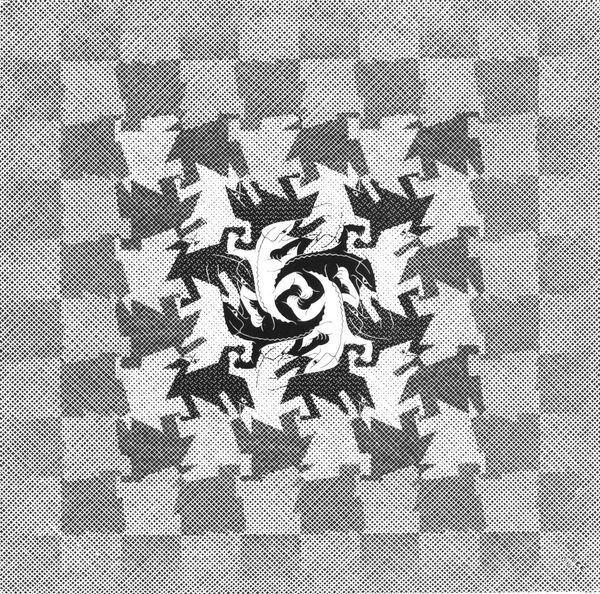
Copyright: M.C. Escher,Fair Use
Editor: This is an excerpt from M.C. Escher’s "Metamorphosis III", created in 1968. It's a black and white lithograph, showcasing these incredible geometric transformations. It’s quite mesmerizing to look at! What strikes you most about the making of this work? Curator: I'm immediately drawn to the intense labor and the systematic processes inherent in Escher's printmaking. Consider the physical demands of repeatedly carving those intricate designs into the printing stone. How does that relate to his mathematical explorations, turning one form into another across a series of distinct shapes? Editor: It seems like such a precise, almost industrial process, but it produces such an artistic result! Curator: Precisely! He elevates the traditionally craft-based process of printmaking. And look closely at the gradual shift from pattern to object; each individual unit, whether star, square or lizard, is meticulously rendered to achieve a perfect tessellation. What does that imply for art historical narratives that privilege individual creative genius? Editor: Well, I guess it blurs that line, right? He's using geometric systems, a "scientific" approach almost, but achieving something unique. It seems more about systematic work and careful control of materials, less about, like, spontaneous expression. Curator: Absolutely. Think about the accessibility of prints as multiples. Escher's work can reach a wider audience, raising questions about the consumption and valuation of art objects in a market economy. What implications do you think that may hold? Editor: So, the artistic value comes from the ideas he is presenting rather than just how unique the work itself is. It forces us to really examine our concept of art. That’s a lot to think about! Curator: Indeed! Escher offers us a glimpse into where labour, geometry and material intersect with the boundaries of artistic expression.
Comments
No comments
Be the first to comment and join the conversation on the ultimate creative platform.
